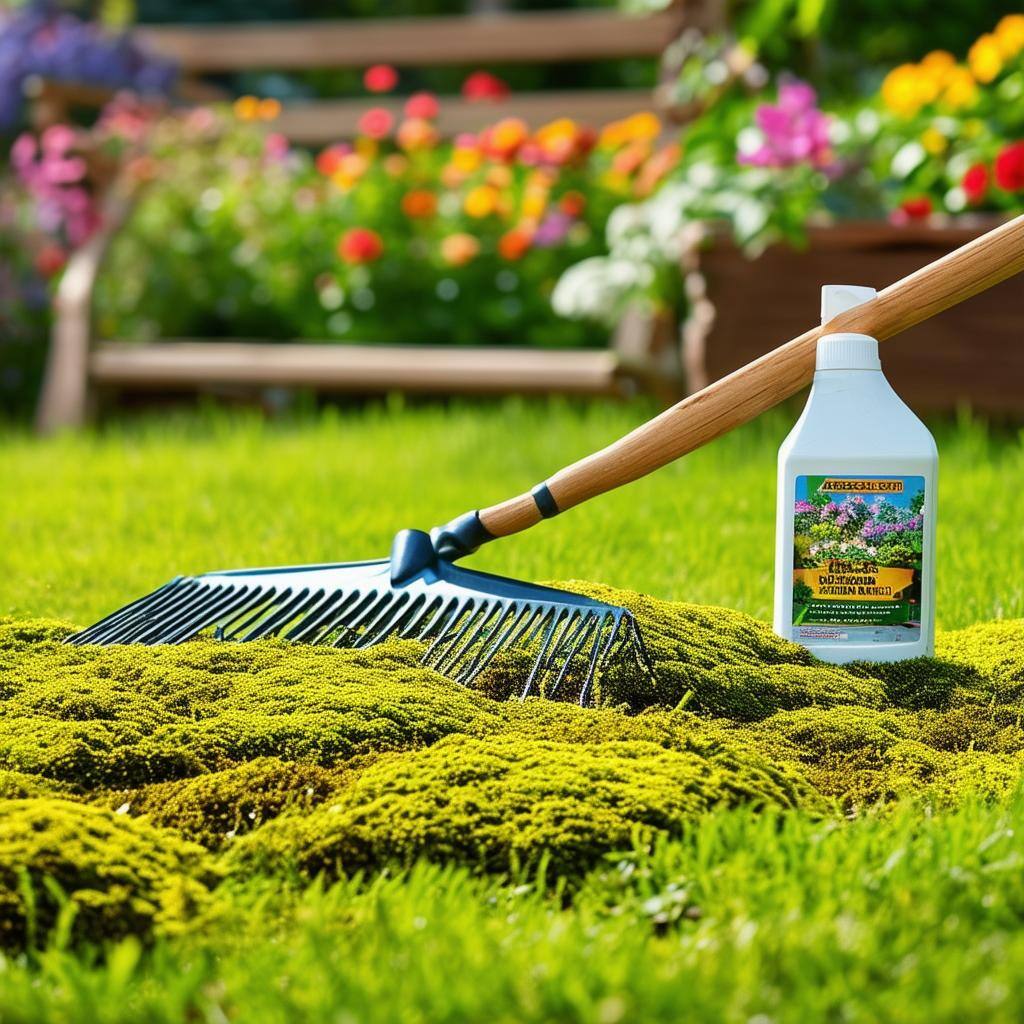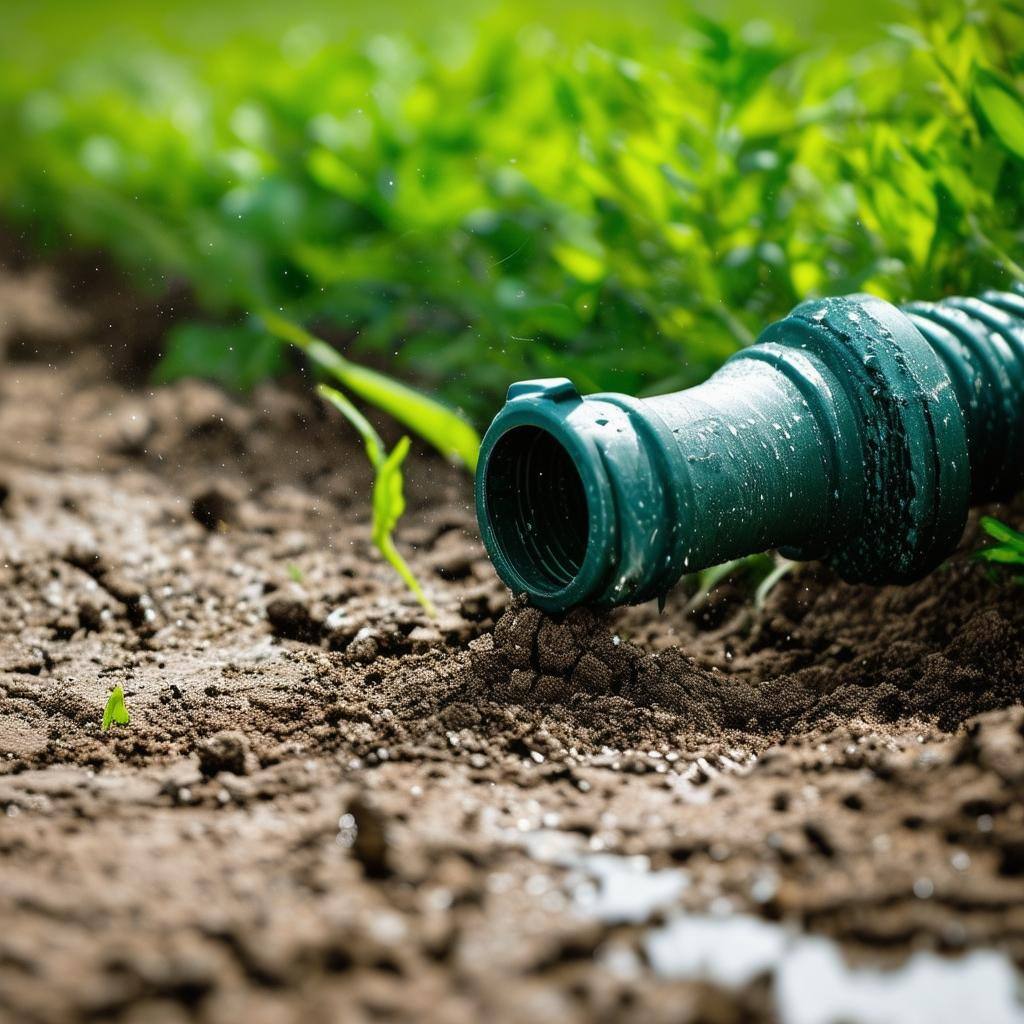
Uncover effective strategies to safeguard your lupin plants from the damaging effects of white flies.
Identifying White Fly Infestations on Lupins
Spotting a white fly infestation early can save your lupins from considerable damage. White flies are tiny, moth-like insects that congregate on the undersides of leaves. You might notice a cloud of small white insects flying off when the plant is disturbed. Look for yellowing or wilting leaves and a sticky substance known as honeydew, which can lead to sooty mold. Vigilant inspection of your lupin plants is crucial for early detection and effective control of white fly populations.
Regular monitoring of your lupins can alert you to the first signs of an infestation. Check the plants at different times of the day since white flies may be more active at certain hours. Using a magnifying glass can help in spotting the tiny eggs or larvae on the undersides of leaves. Early identification is key to preventing white flies from multiplying and causing extensive damage to your lupins.
Understanding the Life Cycle of White Flies
Understanding the life cycle of white flies is pivotal in controlling their populations. These pests go through four life stages: egg, nymph, pupa, and adult. Eggs are laid on the undersides of leaves and hatch into nymphs that feed on the plant sap, weakening the lupins. As they mature, they enter the pupal stage before emerging as adults ready to reproduce. The entire life cycle can occur in just a few weeks, meaning multiple generations can infest a plant in a single season.
The rapid reproduction rate of white flies necessitates swift action once they're identified. Breaking their life cycle is a critical step in managing infestations. Targeting the long-lived nymphs and pupae stages with appropriate treatments can effectively reduce future generations of white flies.
Natural Predators of White Flies in Your Garden
One of the most sustainable ways to manage white flies is by encouraging their natural predators in your garden. Beneficial insects such as ladybugs, lacewings, and certain types of parasitic wasps prey on white flies at different stages of their life cycle. These predators can provide a level of control without the need for chemical interventions.
To attract natural predators, consider planting companion flowers and herbs that lure them to your garden. Marigolds, dill, and fennel are known to attract beneficial insects. Moreover, avoiding broad-spectrum insecticides ensures that you do not inadvertently kill off these natural allies in your fight against white flies on your lupins.
Organic Solutions for White Fly Control
For gardeners who prefer organic methods, there are several options for controlling white flies. Neem oil, insecticidal soaps, and horticultural oils disrupt the life cycle of white flies without harming beneficial insects when used correctly. These treatments work by smothering the eggs and larvae or by serving as antifeedants for the adults.
Application of these organic solutions should be done carefully, following the manufacturer's instructions. Thorough coverage of the undersides of leaves is essential for these treatments to be effective. Additionally, repeated applications may be necessary to manage the white fly population, as these solutions tend to have limited residual activity.
Preventive Measures to Keep White Flies at Bay
Prevention is always better than cure when it comes to white flies. Keep your garden clean by removing plant debris, which can harbor pests. Ensure your lupins are healthy and not overly stressed by environmental conditions or overcrowding, as stressed plants are more susceptible to infestations.
Using reflective mulches can deter white flies from laying eggs on your lupins, as they are disoriented by the reflected light. Screening vents and openings of greenhouses or hoop houses with fine mesh can prevent white flies from reaching your plants. Regular applications of organic preventatives can also form a protective barrier that helps keep white flies at bay.



